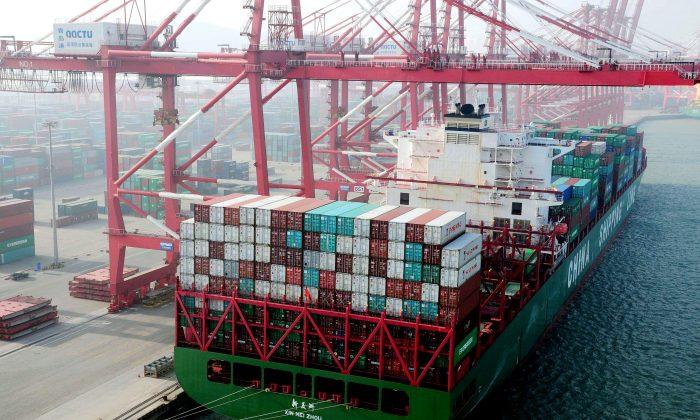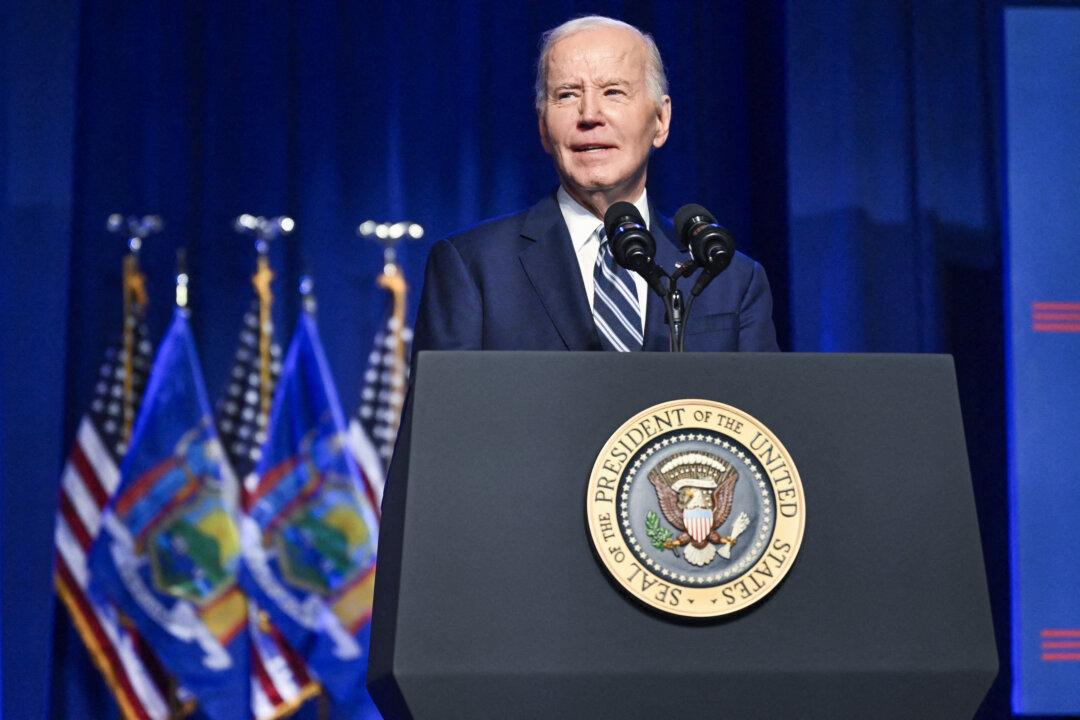Growth in world trade is expected to remain sluggish in 2016 due to weak global demand, according to the World Trade Organization (WTO). The slowdown in the Chinese economy dealt a major blow to global trade in 2015 with Chinese imports falling by 14 percent in value terms.
In its latest forecasts released on April 7, the WTO said it expected the world merchandise trade volume to grow by 2.8 percent in 2016, which is unchanged from the 2.8 percent in 2015. Trade growth should then accelerate to 3.6 percent in 2017.
Including the 2016 forecast, world trade is expected grow in line with global gross domestic product (GDP) for five years, rather than twice as fast as was previously the case. Average trade growth since 1990 was 5 percent.
This will be the fifth consecutive year of trade growth below 3 percent, stated WTO Director General Roberto Azevêdo in the press release. Such a long, uninterrupted slow trade growth is unprecedented since the 1980s.
World trade could worsen with a further downside scenario including a sharper than expected slowing of the Chinese economy, worsening financial market volatility, and exposure of countries with large foreign debts to sharp exchange rate movements.
On the other hand, there is some upside potential if monetary support from the European Central Bank succeeds in generating faster growth in the euro area.
Alternative indicators of economic and trade activity in the first few months of 2016 were mixed, with some pointing to a recovering trade and output growth while others suggest some slowing. Therefore, trade growth is expected to remain volatile in 2016.

2015 Trade Statistics
World trade in 2015 was unusually volatile, falling in the second quarter in both developed and developing countries before rebounding in the second half.
World trade growth of 2.8 percent in 2015 refers to the average of merchandise exports and imports in volume terms. This contrasts with the sharp decline in the dollar value of world trade, which fell 13 percent to $16.5 trillion, down from $19 trillion in 2014.
The discrepancy was mostly attributable to strong fluctuations in commodity prices and exchange rates, driven mainly by slowing economic growth in China. Volatility in financial markets affected business and consumer confidence globally, as well.

Asia’s impact on world import volume growth declined in 2015 as the Chinese and other Asian economies cooled. Asia contributed just 0.6 percentage points to the global increase of 2.6 percent.
In contrast, Europe made a large positive contribution, accounting for 1.5 percentage points of the 2.6 percent increase in world import volume. The gradual recovery of intra-EU trade was responsible for much of the rebound in Europe.






Friends Read Free